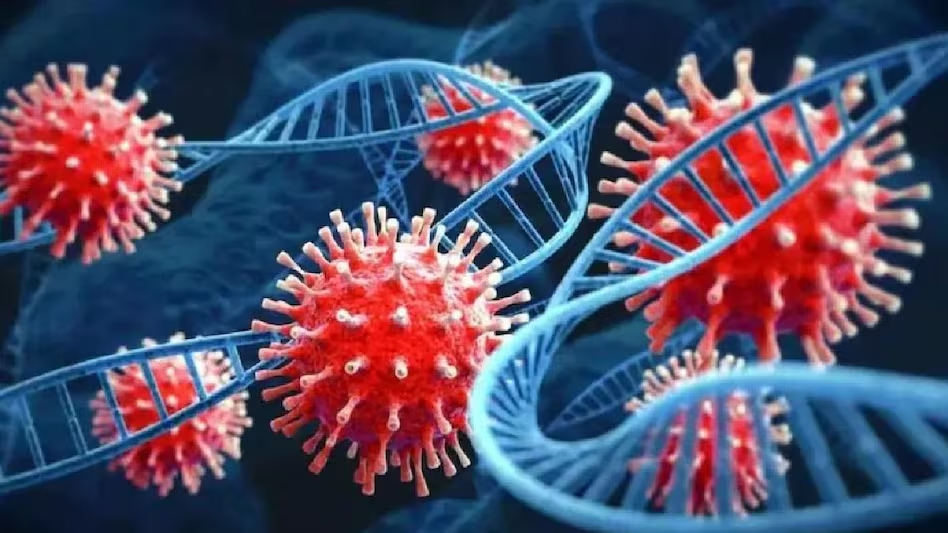As of January 11, a total of 827 cases of the JN.1 COVID-19 subvariant have been reported across 12 states in India. Maharashtra has recorded the highest number, with 250 cases. The nationwide count on January 8 stood at 819 cases from the same subvariant, distributed among various states. Following Maharashtra, Karnataka reported 199 cases, Kerala 148, Goa 49, Gujarat 36, Andhra Pradesh 30, and Tamil Nadu and Telangana each with 26 cases. Delhi reported 21 cases, while Odisha recorded 3, and Haryana 1.
In the last 24 hours, India reported 514 new COVID-19 cases, bringing the total active cases down to 3,422, according to the Union Health Ministry. Maharashtra reported two deaths, and Karnataka reported one within the same timeframe.
The recovery rate remains high, with over 4.4 crore individuals having recovered from the virus, leading to a national recovery rate of 98.81%. The country has administered 220.67 crore vaccine doses, as per the Health Ministry website.
While the number of COVID-19 cases dropped to double digits until December 5, 2023, a resurgence occurred with the emergence of the JN.1 subvariant and cold weather conditions. After December 5, 2023, a total of 841 new cases were reported on December 31, 2023, representing 0.2% of the peak cases reported in May 2021.
Currently, around 92% of active cases are recovering under home isolation. Officials state that the JN.1 subvariant does not appear to lead to an exponential rise in new cases, hospitalizations, or mortality. The World Health Organization (WHO) has classified JN.1 as a separate Variant of Interest (VOI) due to its rapid spread, noting it poses a “low” risk to global public health. India has experienced three waves of COVID-19, with the delta wave in April-June 2021 being the most severe, reporting over 4.14 lakh new cases and 3,915 deaths on May 7, 2021.























